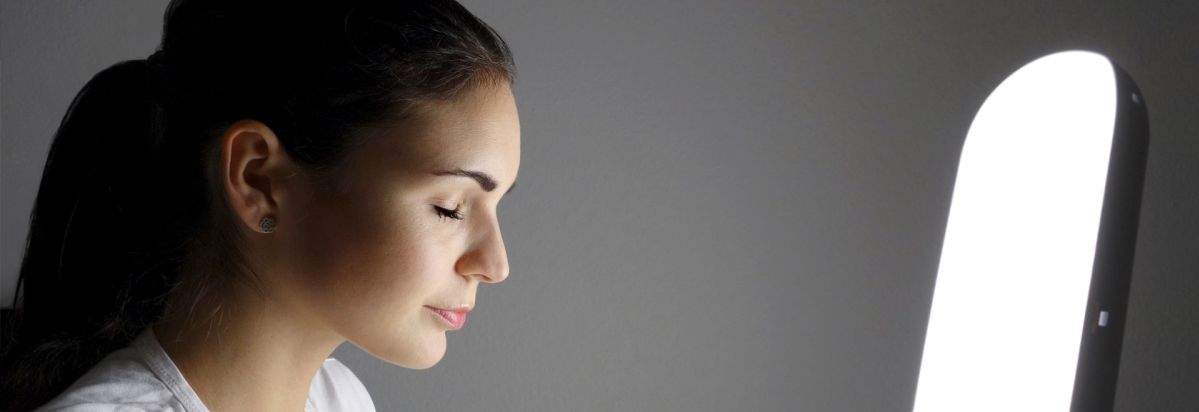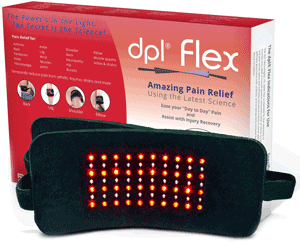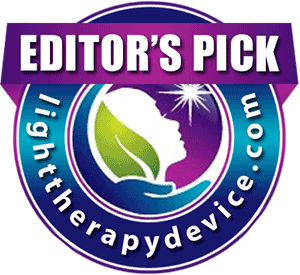Seasonal Affective Disorder is described as being a type of depression that emerges in certain people beginning in fall and extends through the winter months. For some, light therapy boxes provide symptomatic relief. Affected patients might also use a box in combination with prescription medication and professional counseling. While all of the boxes are similar in construction and design and work on the same premise, individuals often find that some devices work better for them than others.

Light Therapy Box Basics
The boxes are also known as bright light therapy boxes, light boxes or phototherapy boxes. The devices were created to mimic being exposed to sunshine, as fall often brings more cloudy or overcast days. The majority of people also do not spend as much time outdoors during these months.
Research suggests that this type of indoor light triggers a chemical change in the brain that alters a depressed individual’s mood. Exposing one’s self to the light stimulates cells contained within each eye’s retina. The retina is linked with the hypothalamus in the brain. The region is known as the pleasure area of the brain in addition to regulating the body’s circadian rhythms. By triggering the hypothalamus at specific times everyday, the levels of chemical compounds change and circadian rhythms return to a normal cycle, which commonly eliminates depression symptoms.
Light Box Treatment
The box should be placed on a desk or a table in such a way as to ensure that the light reaches eye level without looking directly into the box. You should sit so the box is positioned 16 to 24 inches from your face. Treatments usually occur within the first hour after waking each morning. Some experience better results when undergoing therapy one to two hours before bedtime. There are also patients who use phototherapy twice each day. Once turned on, treatment typically last 30 minutes to two hours. Start slow and gradually increase the time of exposure each week.
While the light shines, SAD patients may preoccupy themselves by eating breakfast, reading, watching TV or working on a computer. Symptomatic relief may occur in the first three to five days after starting therapy. However, do not become discouraged, as noticeable results may not occur until the second or third week.
Possible side effects when initially beginning therapy include eye strain, headaches and nausea. These eventually subside as your body grows accustomed to the light exposure. During the first week, people often experience unusual fatigue, as the body adjusts to a different sleep-wake schedule. After the first week, patients have also reported having an increase in energy levels.
Special Considerations
Do not undergo light box therapy except with the approval and guidance of a licensed physician or therapist. Phototherapy is not recommended for patients having cataracts, glaucoma or diabetes-related visual changes.
When deciding on what version to buy, make sure that the box was specifically created to treat Seasonal Affective Disorder. Resist the urge to use full-spectrum lights, tanning lamps, heat lamps or UV light. These devices do not supply the right type of light and may prove harmful. The light box should filter most or all harmful UVA and UVB rays and should shine at an intensity level of 10,000 lux. Keep in mind that the more powerful the light, the less time required for daily treatments. Make sure that the box is portable in case you want to change treatment locations from one day to the next.
Light boxes come in a variety of sizes, shapes and styles with variable features. Some are more traditionally box-like and others more closely resemble a conventional lamp. Light therapy is only effective if you continue treatments. So, make sure that the light box device meets all your needs.



aI brought a light box because I have had anxiety and panic attacks after a bad viral infection called Dengue which is a Mosquito carried infection. And I thought it would help my mood etc. I am on medication for my illness also for 6 months. I think the light box used every morning for 45 minutes is helping my recovery. But I am not to sure if the eyes should be closed when using the light box I was told otherwise keep them open but don’t look directly into the light box.